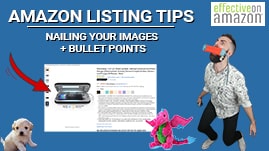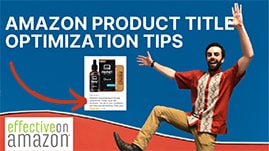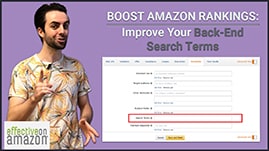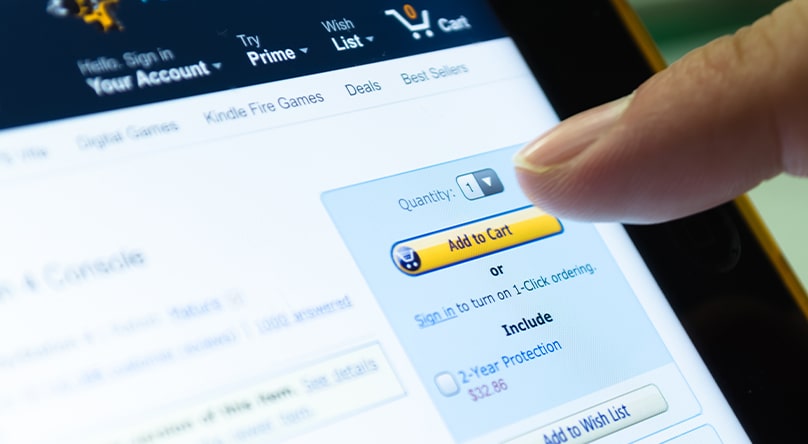
Amazon Listing Optimization – Your 2020 Guide
Amazon listing optimization is a huge part of driving relevant traffic to your product pages. Traffic is great, but traffic that wants what you’re selling is even better! There are about 3,000,000 active sellers on Amazon. As this marketplace continues to grow in 2020, the quality of your product listing is increasingly important. In this article, we’ll share actionable steps you can take to optimize your Amazon product listing and boost your sales in 2020 and beyond.
Let’s get to it!⚡
In This Article
- Optimizing Amazon Product Titles
- Best Practices for Images and Bullet Points (AKA Show & Tell)
- A Word About Enhanced Brand Content (A+ Content)
- Optimizing Your Backend Search Terms
- Helpful Listing Optimization Videos to Watch
Optimizing Amazon Product Titles
The first thing a potential customer sees is the product title. Optimizing your product title is the best way to get high-quality traffic to your page. The title must tell both a human and the Amazon A9 algorithm exactly what your product is. You want to drive the right people to your page, so your goal should be to describe your products accurately and enticingly.
There are three building blocks to Amazon product title optimization: brand name, core product keywords, and modifier keywords. Here’s an example of a well-written product title that properly utilizes each building block.

Now let’s break down each of these building blocks.
- Brand Name
We recommend including your brand name in your product title. Including your brand name will help you build credibility and distinguish your product from competitors. That said, remember the opportunity cost of including your brand name in your product title. The space it takes up could be used for descriptive language, especially if your brand is lesser-known. To find out if your brand name is being searched for, use an Amazon keyword tool like MerchantWords or Sonar. Remember that the search volume of your brand name will likely change over time as you build your customer base! Make a habit of routinely checking so you stay current on customer search behavior.
Let’s take another look at our example.

Honest Amish has determined that including their brand name brings enough value to warrant its inclusion in their product title. They either have enough of a following or brand recognition that the name “Honest Amish” will cause them to stand out in the search results.
- Core Product Keywords
Core product keywords are the most frequently searched keywords relevant to your product. To find these keywords, you can, again, use a keyword tool like MerchantWords or Sonar. You’ll want to look for high-volume keywords and use them to create a descriptive title. When you add your core keywords to your product title, remember not to use the same keyword more than once. That’s wasted space you could use for other descriptive terms, plus Amazon is cracking down on keyword stuffing.
Pro Tip: 42% of Amazon’s traffic is from mobile users. Keep this in mind when you’re optimizing product titles as shorter and cleaner titles make the mobile user experience better.
As you’re determining your keywords, you might notice synonyms with high search volume. In these situations, we recommend choosing one synonym for the title and using the others in your bullet points and/or backend search terms (more on that later). You don’t need to put all of the keywords in your title—it’ll get clipped at around 57 characters. In the example below, Honest Amish included “Leave-In Conditioner” as a synonym for “Balm,” but did not include other potential synonyms like “Butter” or “Oil.”

- Modifier Keywords
The final step in optimizing product titles is choosing modifier keywords. Modifier keywords are descriptors that add detail to your product. What color? What size? How many? These keywords answer these questions and help you differentiate products within the same family, like different sizes of the same product or slight variations. In the example below, Honest Amish included “Natural” and “Organic,” as many of their customers are searching for things like “natural beard balm” and “organic beard conditioner.” Additionally, Honest Amish has two sizes of its Beard Balm. Their product title clearly shows that this listing is for the 2 ounce size.

Pro Tip: Don’t use all caps (it looks spammy!), and don’t spell out numbers (it’s harder to read and takes up more character space). That means use “5” not “five”.
The last thing we’ll say about writing a strong product title is to always put yourself in your potential customer’s shoes. Making their shopping experience easier by using precise language will help you earn their business. Remember, your goal is to increase clarity at all times! What exactly is the product? What will it do for me? Answering these questions starts with a clear product title.
Finally, let’s not forget the importance of product titles when it comes to your sponsored product ads. In sponsored ads, Amazon ONLY shows your product title along with your image, price and star rating. Why do we mention sponsored ads in a post about listing optimization? Advertising on Amazon is a great way to help give an extra boost to your Amazon search ranking by generating more sales for your product. This means the words you choose in your title directly impact how effective your ad will be. Good product titles will lead to more impressions, better click through rates and, ultimately, more sales of your product.
Best Practices for Amazon Images and Bullet Points (AKA Show & Tell)
Remember when you had show and tell in elementary school? Well little did you know that was an early lesson in how to optimize Amazon listings! Your images and bullet points should compliment each other, with the pictures showing and the bullet points telling the value propositions and key features of your product. Often, potential customers will only look at your product imagery, so keep it simple, keep it elementary.
We recommend starting by writing your bullet points. What are the strongest value propositions of your product? What are common questions people are asking about your product that you can answer in your bullet points?
Pro Tip: A value proposition is a combination of a product feature and product benefit. So don’t just say what features your product has, explain how the feature will benefit the customer. If you have a dog toy that’s well made, a feature-benefit statement might be: “Our double stitch design (feature) can stand up to rough playtime (benefit).”
Once you’ve determined your bullet points, choose imagery that brings each bullet point to life. Remember, show (images) and tell (bullet points).
The most important image is your first—the product should take up about 85% of the image’s frame and be on a pure white background (rgb 255,255,255 or #000). We recommend choosing high-quality images that will support Amazon’s zoom feature. Professional, high-quality photographs of your products not only help a customer learn more about your product, they also add an element of credibility and legitimacy to your brand and listing. Check this out.
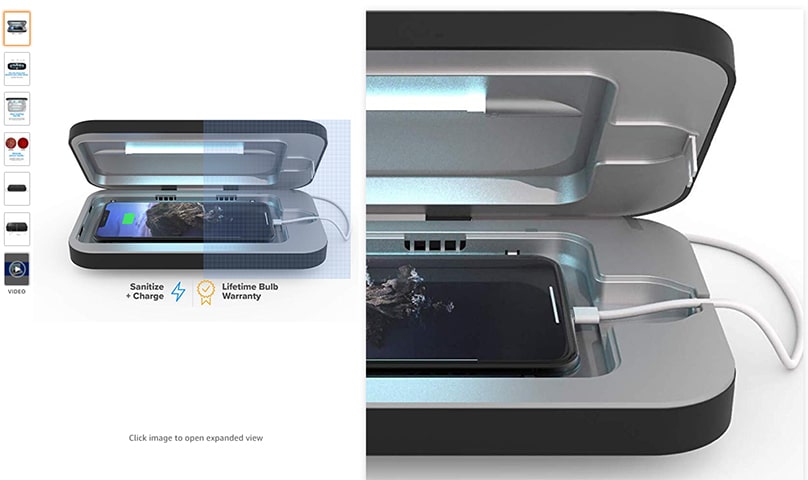
Customers love using the zoom feature to get a quick understanding of how products work. In the example above, the customer has zoomed in to see exactly how the charging cable is secured in the case.
A few other things to keep in mind – if it’s hard to tell exactly what size your product is, include a reference point in an image, such as a person holding and using the product. Diagrams, contextual shots, and feature highlights aren’t allowed as the main image, but they’re perfect for the additional images. If your product is better explained in motion, Amazon product listings also allow one video. As always, only choose the highest quality content you have!
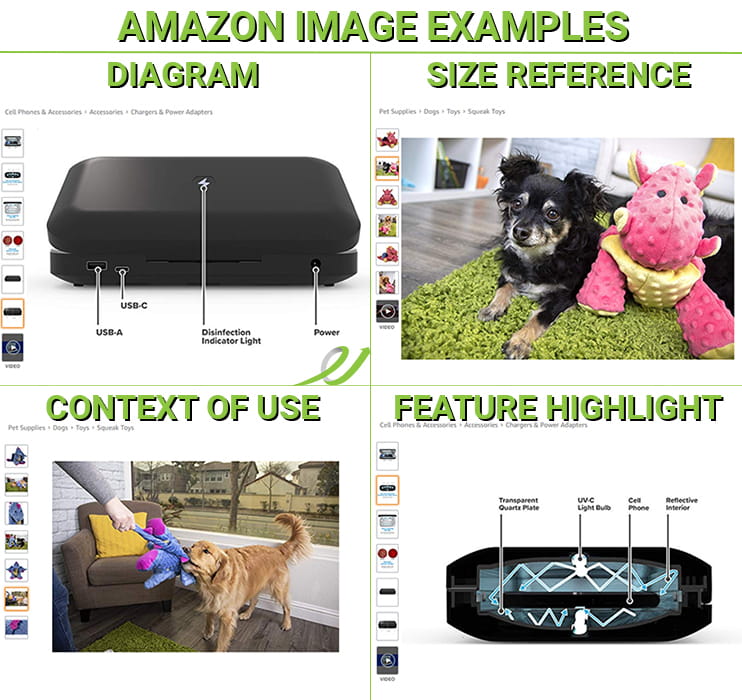
Pro Tip: We recommend square images to help you maximize your page’s real estate. Amazon requires all images to be at least 1,000 x 500 pixels.
Even the best product listings don’t always get read. To mitigate this, keep your bullet points focused on the most relevant selling points, answer the most common questions, and show them the best images of your product. You’ve heard it countless times, a picture is worth a thousand words.
P.S. Here’s Amazon’s official product image requirements.
A Word About Enhanced Brand Content (A+ Content)
Enhanced Brand Content (EBC), also known as A+ Content, plays a big role in Amazon listing optimization. With EBC, you can increase your brand identity on your Amazon page, add imagery, and preemptively address customers’ concerns. We highly recommend registering your brand and taking full advantage of optimizing with EBC. Need more information to get started? We wrote a detailed guide to Enhanced Brand Content and released a video breaking down EBC best practices.
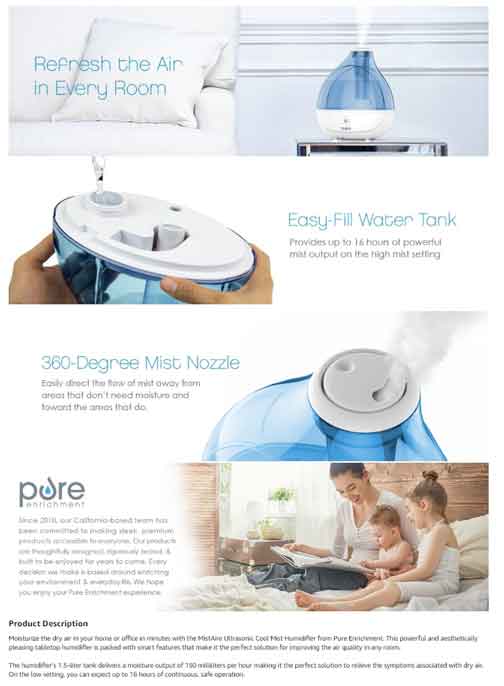
Optimizing Your Backend Search Terms
Amazon’s algorithm prioritizes three things when deciding how relevant a product is for a particular search query: product title, bullet points, and backend search terms. The word on the street is that backend search terms are now more important than bullet points when it comes to organic rankings.
Working behind the scenes, backend search terms are keywords that point traffic to your product pages without being visible to customers. These are perfect for words that you might not want to put in your product title or product description but still want to come up in the search results for. Your best bet for backend search terms are synonyms of your core keywords, which you found when optimizing your product title. For example, if you call your product beard “balm,” but people also frequently search for beard “butter,” you will likely want your product to show up for both. If you don’t want to use the word “butter” in your product title or bullet points, including it in your backend search terms will give your product an opportunity to be relevant for searches related to BOTH “beard balm” AND “beard butter.”
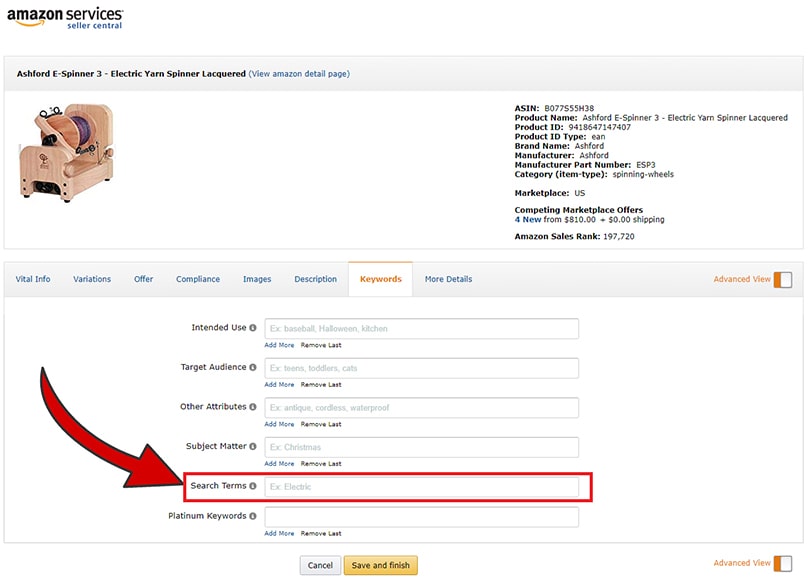
Now that you know what backend search terms are and where to add them, let’s talk about how to pick them. We recommend three steps for researching backend search terms.
Researching Backend Search Terms
- First up, brainstorming. Search for similar products on Amazon and see what other brands are using in their product titles, bullet points and descriptions. Start a list of keywords from the top organic performers.
- Next, grab a thesaurus and add a few synonyms for each keyword on your list. Back to our “balm” example from earlier, we can add “conditioner” to our list and take it one step further by finding synonyms for our synonyms like “cream” and “lotion.” To recap, we went from “balm” to “conditioner” to “cream” to “lotion.” Not bad, right?
- The last step in the backend search term optimization process is to take the list of keywords and plug each word or phrase into a keyword planning tool, like MerchantWords, to make sure people are actually searching for these synonyms. Remember to repeat this process monthly to ensure that you haven’t missed new keyword opportunities.
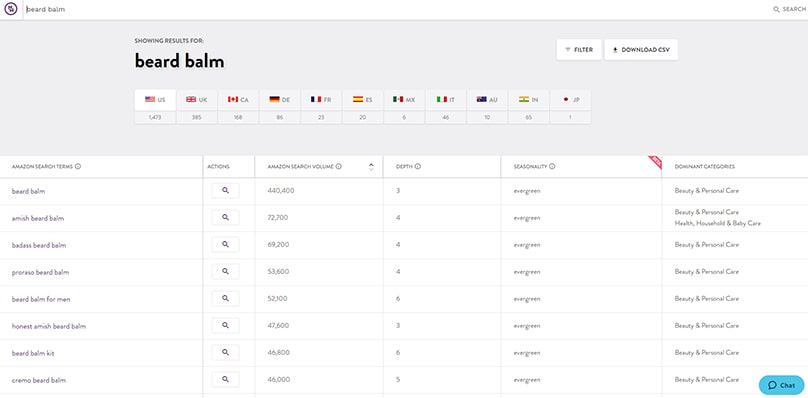
Pro Tip: If you’re running Amazon sponsored product ads, the Search Terms Report is an excellent source for generating new keyword and backend search terms ideas. The report shows you the search terms people used before clicking on your ads.
Backend Search Terms Best Practices
Here are a few best practices to keep in mind when writing your backend search terms:
- Don’t repeat keywords that are already in the title or bullet points
- Don’t include brand names of your competitors or their products (Amazon will ignore them, and you only have so many characters to work with)
- Don’t include any variations for each singular or plural (like sock and socks)
- Don’t include subjective words or superlatives, like “best” or “greatest”
- Don’t include translations of your keywords in other languages – Amazon does that for you
- You only have 249 characters— so choose your synonyms wisely!
Formatting Backend Search Terms
When you’re writing your search terms in Amazon, make sure to separate each word with a comma and a single space, and don’t repeat words. Correct: “black bag, shoulder strap”. Incorrect: “black bag, black shoulder strap”. Correct: “gold, analog watch.” Wrong: “ gold watch, analog watch”
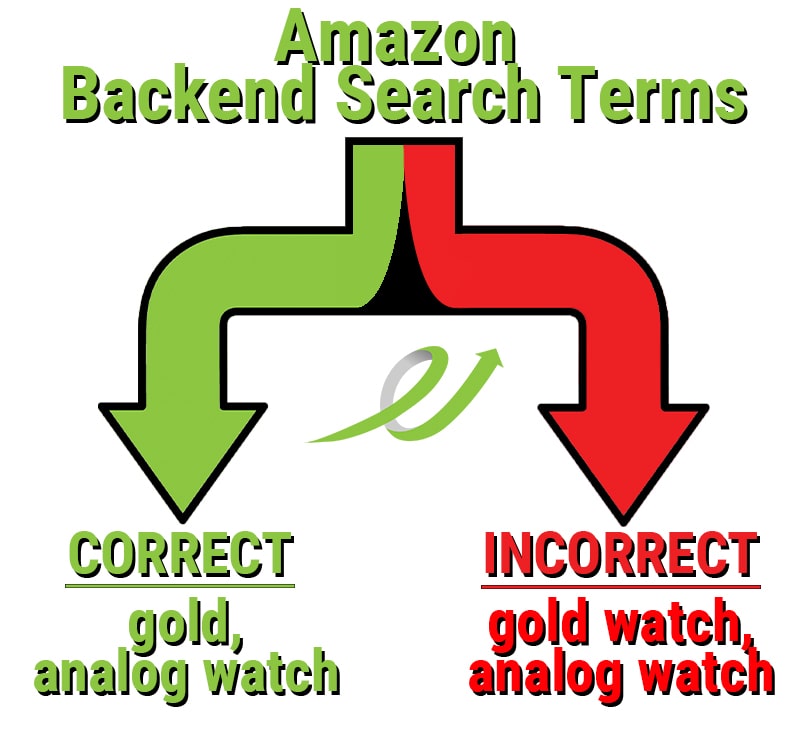
Now Go Write Your Amazon Product Listing!
And that’s a wrap on our comprehensive 2020 guide to Amazon listing optimization. We hope you’ve learned a bunch, but if you leave with one nugget, let it be that your goal is to increase clarity for customers. In a nutshell, that means using concise, descriptive language that tells exactly what you’re selling, choosing imagery and bullets that proactively answer customer questions and identifying synonyms for your backend search terms that will increase your reach and impressions.
For more details and in-depth examples on these topics, check out these videos from our Effective on Amazon channel:
Amazon Listing Optimization Videos
(Click thumbnail to watch video)





